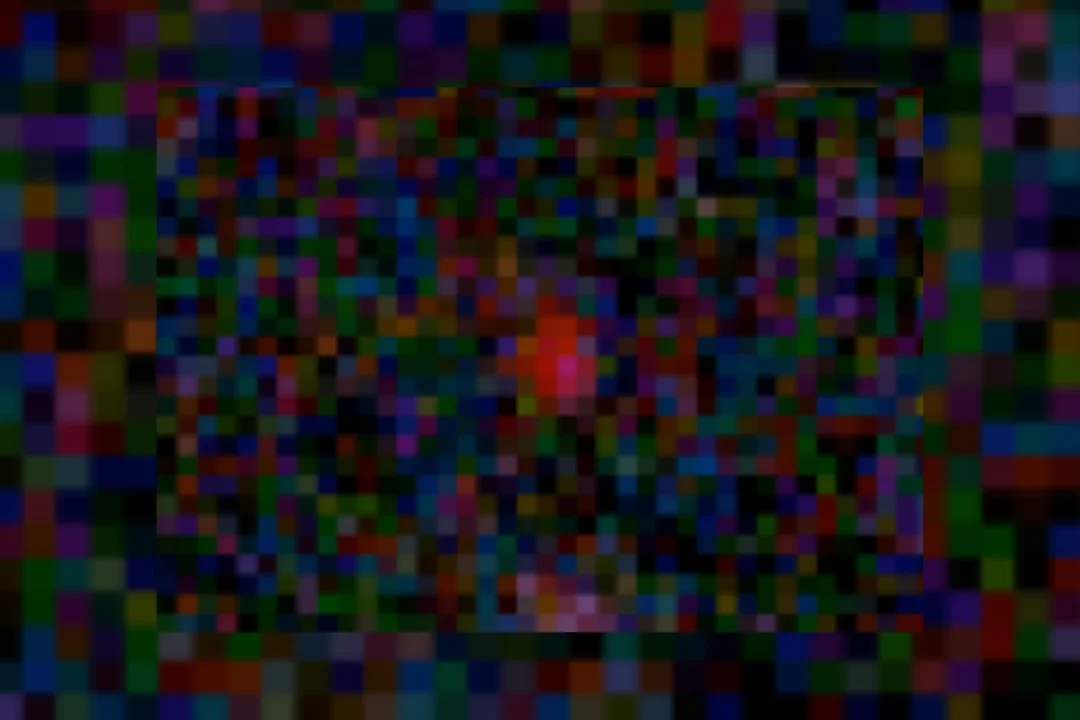
James Webb Telescope Shatters Records: Detects Most Distant Galaxy, MoM-z14, Ever Observed
The James Webb Space Telescope (JWST) has once again rewritten cosmic history, detecting the most distant galaxy ever observed, named MoM-z14. This groundbreaking discovery offers an unprecedented glimpse into the nascent universe, a mere 280 million years after the Big Bang.
Scientists, using JWST's advanced infrared capabilities, have peered back over 13.5 billion years to witness the light emitted from MoM-z14. This ancient galaxy challenges existing models of galaxy formation and raises intriguing questions about the early universe. The discovery, announced on May 16, 2025, is more than just a record; it's a window into a time when the universe was in its infancy.

Prior to JWST, only a handful of galaxies from the first 500 million years of cosmic history had been confirmed. The discovery of MoM-z14, at a redshift of z = 14.44, surpasses even previous JWST findings. The light from this galaxy has been stretched by the expansion of the universe, shifting from ultraviolet to infrared over its immense journey to reach us.
MoM-z14's properties have surprised astronomers. Its brightness suggests a mass comparable to the Large Magellanic Cloud, a satellite galaxy of the Milky Way. Furthermore, spectroscopic analysis reveals the presence of elements like nitrogen, carbon, and oxygen, indicating multiple generations of stars.

One of the biggest surprises is the surprisingly dust-free nature of MoM-z14, which contradicts expectations for galaxies in the early universe. Its compact nature and the lack of evidence for an active galactic nucleus (AGN) suggest that the galaxy's brightness is primarily due to a burst of intense star formation. Data indicates that star formation rate underwent a rapid increase over a period no longer than the past 10 million years. The findings indicate a very high degree of ionization and extremely high gas density in the galaxy.
The discovery of MoM-z14 is part of the "Mirage or Miracle" survey, dedicated to studying luminous galaxies from the first 500 million years of cosmic history. Its name isn't only because this is “the mother of all galaxies," but rather because the discovery indicates a scientific miracle.
The abundance of such bright, early galaxies is challenging existing cosmological models. Before JWST, scientists underestimated the number of such galaxies by a factor of 100 or even 200. This implies that some fundamental physics of galaxy formation is still unknown.

The presence of MoM-z14 raises a critical question: How could such a massive and active galaxy form so quickly after the Big Bang? Further research is needed to understand the mechanisms driving star formation and the reionization of the early universe. The discovery could reshape our understanding of the universe's earliest epochs.
What other secrets does the early universe hold? What new data can JWST provide us to help us understand galaxies like MoM-z14? Share your thoughts in the comments below!